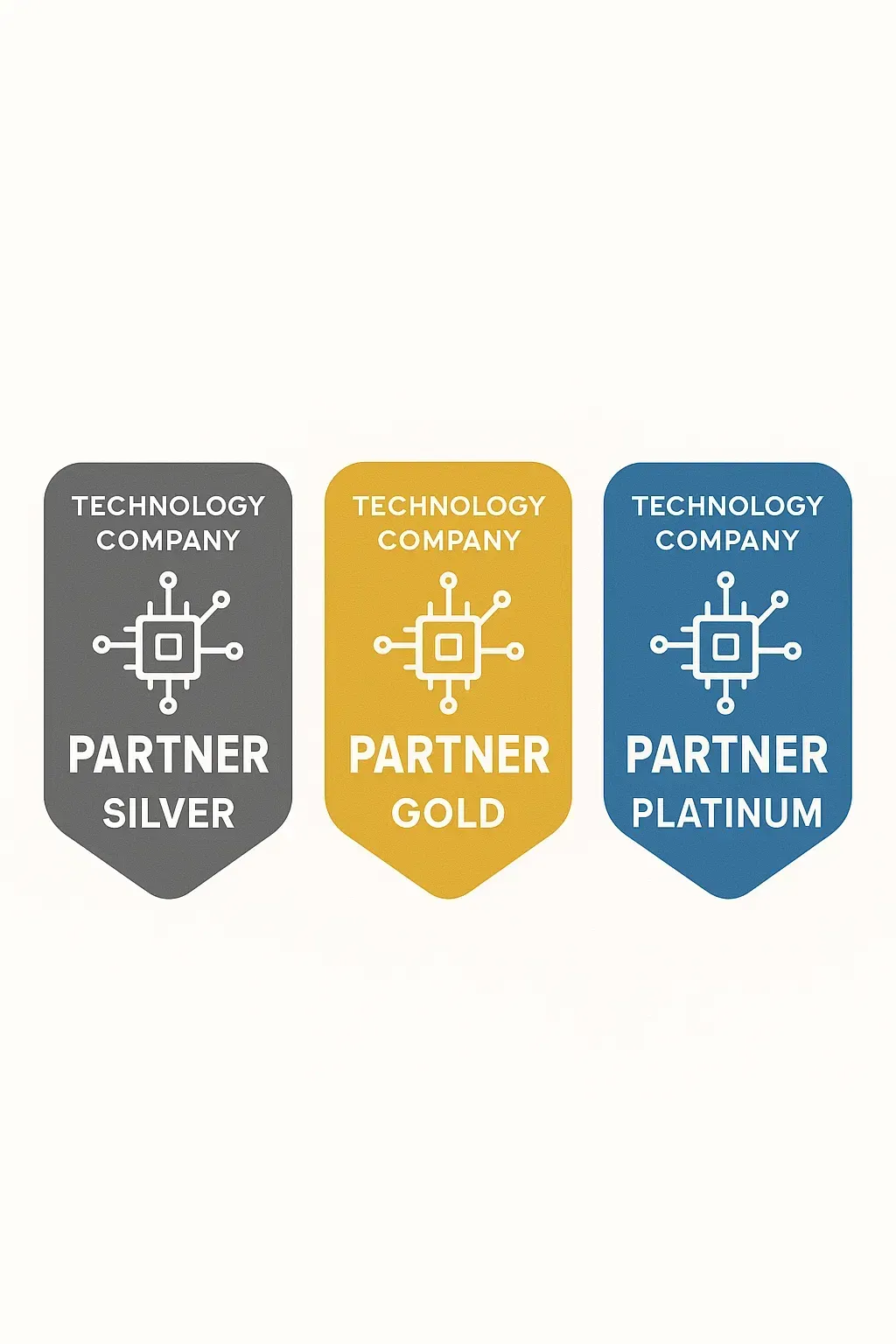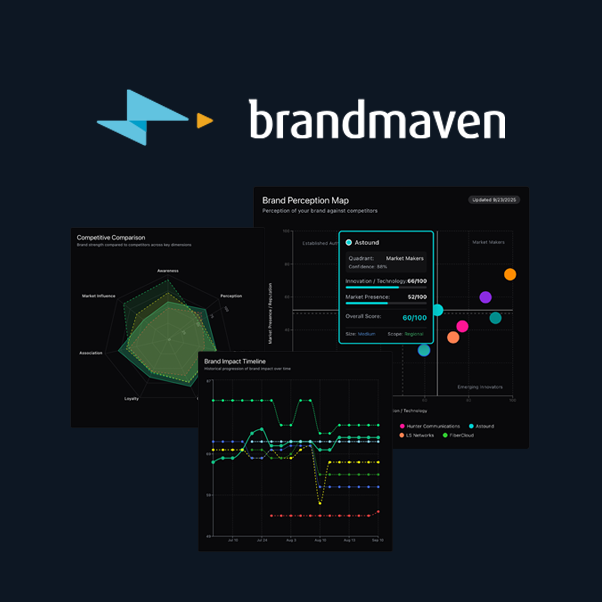Sweet Success: What Tech Brands Can Learn from Crumbl Cookies' Marketing Genius
Tech Brands, Take Notes: Crumbl Cookies' Marketing Playbook
Let's talk about a cookie company that's been serving up more than just sweet treats — they're serving a masterclass in modern marketing that tech brands would kill to replicate. Crumbl isn't just selling cookies; they're creating a digital phenomenon.
A single Crumbl cookie can run upwards of 900 calories. That's enough to give the average CMO a sugar high for weeks. But when it comes to brand strategy, tech marketing leaders can learn a few things about baking up a more successful playbook. While Crumbl operates in the dessert industry, its strategies offer valuable lessons for technology companies looking to stand out in their own competitive landscapes.
Consistent and Memorable Branding
From its signature pink boxes to warm, freshly served cookies, Crumbl ensures a cohesive and memorable brand experience. Technology brands can achieve the same by maintaining a clear, consistent message and visual identity across all touchpoints — from websites to customer support.
Tech Brand Takeaways:
- Create a consistent experience across all touchpoints
- Ensure strong brand governance
- Drive emotional impact
Community Over Everything
Crumbl doesn't sell cookies. They sell an experience, a community, a moment of shared delight. Their fans aren't just customers; they're brand ambassadors who live and breathe Crumbl culture. Tech brands often talk about building communities, but Crumbl actually does it.
Community Building Strategies:
- Create shareable moments
- Encourage user-generated content
- Make your brand feel like an insider's club
The Rotating Menu: Scarcity and Excitement Done Right
Imagine if your tech product changed every week, creating a buzz of anticipation that has customers refreshing their screens. That's exactly what Crumbl does with their weekly rotating menu. They drop new flavors and create anticipation each week, and the result? Pure marketing magic.
Key Takeaway for Tech Brands:
- Create artificial scarcity
- Generate weekly excitement
- Keep your audience constantly engaged
Social Media: Not Just Posts, But Performance Art
Crumbl didn't just use social media; they turned it into a performance. Their TikTok videos aren't just content — they're carefully choreographed marketing experiences. Each video is a mini-production that transforms cookie reveal into an event. Tech brands can use platforms like LinkedIn, Instagram, or YouTube to create bite-sized, visually engaging content that demystifies complex offerings or highlights new innovations.
Tech Marketing Lesson:
- Your content should be an experience, not just information
- Invest in high-production value
- Make your brand feel like a show, not just a product
The Power of Predictable Unpredictability
Here's the genius move: Crumbl is consistently inconsistent. Their weekly flavor drops are unpredictable, but the quality and experience are always top-notch. It's a delicate balance that keeps customers coming back, never knowing what to expect but always trusting the brand.
Tech Translation:
- Innovate regularly, but maintain core quality
- Keep your audience guessing
- Build trust through consistent excellence
Data-Driven Deliciousness
Behind those Instagram-worthy cookies is a seriously smart data operation. Crumbl tracks flavor preferences, engagement metrics, and customer feedback like a tech company monitors user experience. They're not just baking cookies; they're running a data-powered marketing machine.
Data Strategies for Tech Brands:
- Use customer feedback as a product roadmap
- Create personalized experiences
- Let data drive your innovation
The Ultimate Flex: Making Ordinary Extraordinary
Crumbl took something as simple as a chocolate chip cookie and turned it into a cultural phenomenon. They didn't reinvent the wheel; they just made the wheel look and feel irresistible.
For tech brands, the message is clear: It's not about creating something totally new. It's about making the familiar feel exciting, shareable, and unmissable. Final Sprinkle of Wisdom: In the world of tech branding, be more Crumbl. Create experiences, not just products. Engage, excite, and always leave your audience craving more.
Need help crafting a brand story that'll get your audience craving more? We should talk.




